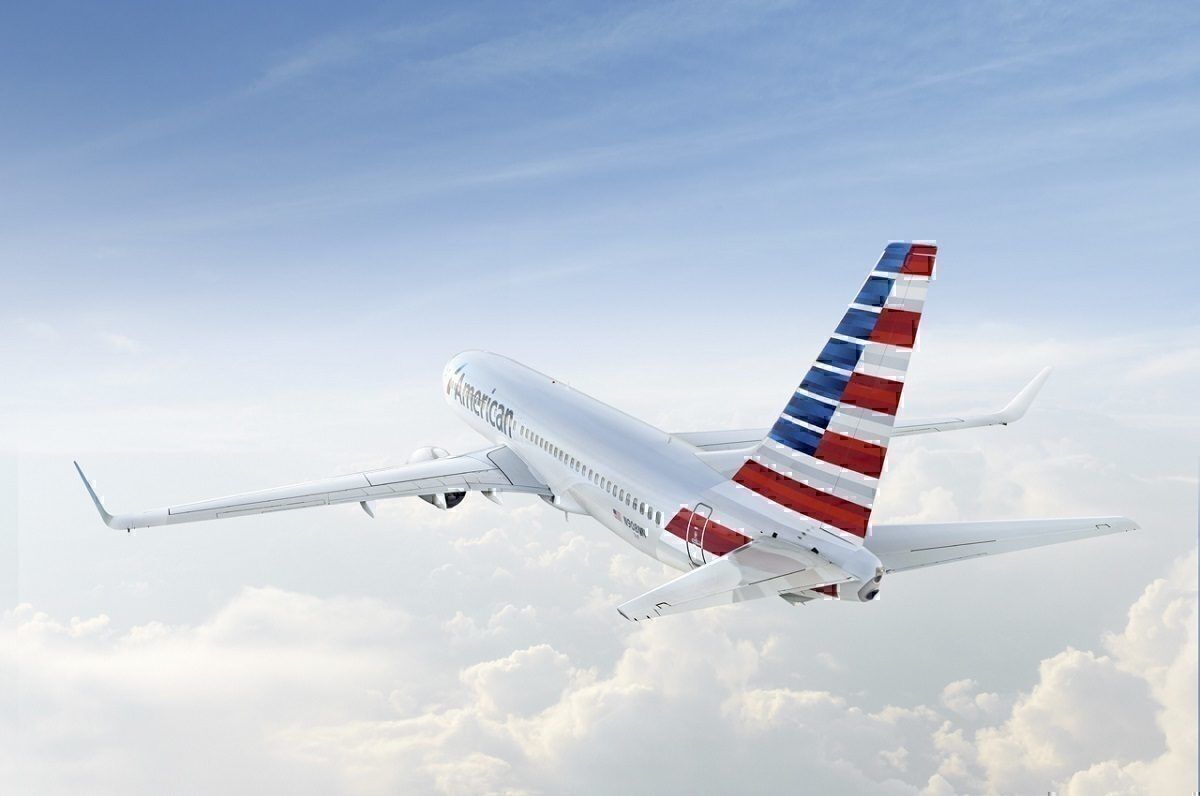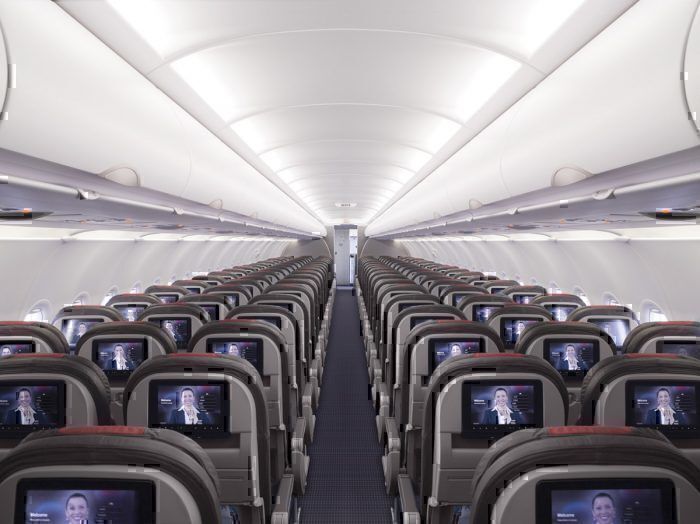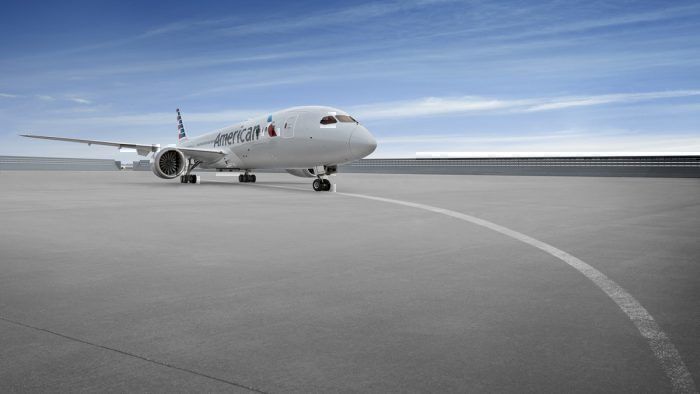American Airlines has announced its intention to adjust its first class configuration, again. This comes following a raft of customer complaints about the lack of legroom, limited below-seat storage and a lack of USB power, following its 2017 "Project Oasis" refit.
Oasis was introduced in 2017 as a new and improved configuration of the first class cabin. It was first applied to the B737 MAX and then to some other types flying short-haul.
The airline’s assurances that the fitting was carried out to improve passenger comfort fell on deaf ears. Industry observers quickly deduced that the carrier’s motivation was solely one of operational efficiency. Passenger comfort was being side-lined.
Skift writes that American’s chief money man Derek Kerr admitted the Oasis Project was, “Really about conformity, and trying to make things easier on the operation.
"You want make sure that you can do different things with these aircraft, and make sure that the aircraft are fungible, so when there is day of departure issues or swaps, that you can do that.”
Retrofits to address passenger comfort will resume next month, according to the airline. But because the FAA has not approved the airline’s tweaks to Oasis, American must first re-install older first class cabins.
First class modifications
As part of its 2017 configuration, American reduced legroom and personal entertainment devices in both first and economy classes. Its justification for doing so was an excessive cost of operation. In addition, the carrier reduced the size of its lavatories.
But American now admits that its roll out came at the cost of customer satisfaction. Kerr told Skift of the execution of Oasis that the configuration was “not done properly”, and that the upcoming program of retrofits will address the shortfalls experienced by its customers.
While American’s seat pitch dimensions measure up to Delta Air Lines the carrier admits a series of errors of configuration caused its premium product to be less well-received. Given the importance of the premium customer to American’s revenue, some industry insiders believe the carrier had to effect a hasty retro-fit.
Economy class remains as is
Economy class is also short on legroom. Passengers aboard an American Airlines 737-800 have a pitch of 30 inches; extra legroom affords a further three. According to View from the Wing, a Delta passenger is afforded 31 inches of seat space.
However, regardless of the rumors circulating earlier in the year that American planned to increase seat pitch allowance, the coach cabin will remain unchanged in the latest tweaks to aircraft configuration. That spells misery for passengers who already endure minimal legroom and seats with less padding.
In defense of its keeping coach class as it is, a spokeswoman for the carrier spouted customer feedback to Skift that she claims highlights the positive experiences of passenger traveling coach with American. Cabin comfort, carry-on space and seat comfort, says the airline, are not causing problems for its customers.
Money man Kerr supports the theory that the class is currently a competitive product.
“We have standards inside of our aircraft that we’re going to stick by,” he said. “I think when we rolled it out, we may have rolled it out with a little different pitch.
"But we’ve re-looked at it all. We’re very competitive with all the other carriers, and we’re not worried about where that configuration is.”



